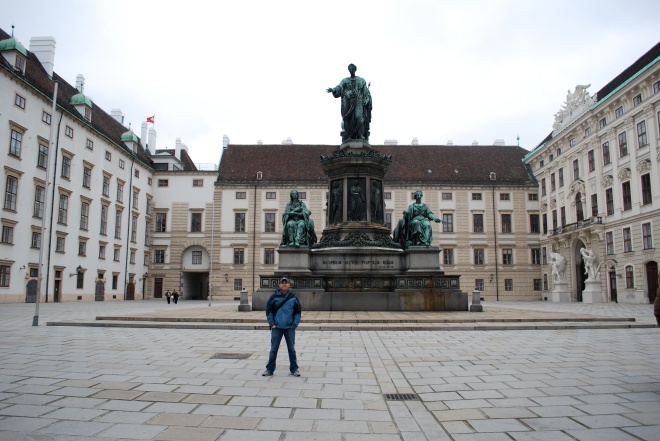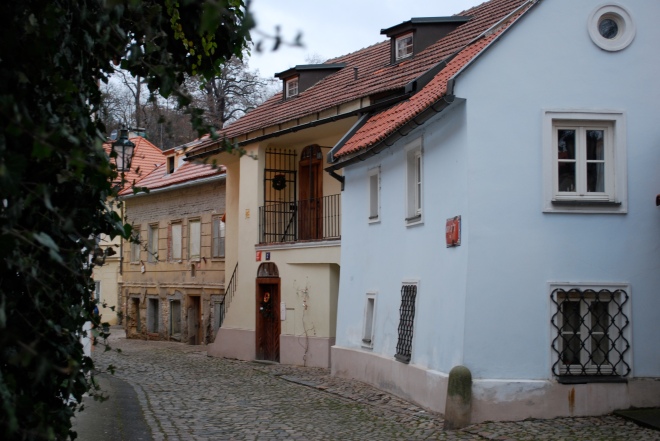Budapest, Hungary
We started today, the last of both our trip and the year, with American coffees and pastries at Gerbeaud, the most famous café in Budapest. Founded in 1858, it has survived the ages — and continues to serve up over-sized sweets some 150 years later.

The café is right next to the Metro, which made it easy for us to buy a ticket and hop on the yellow line for a short ride to the Széchenyi Baths, the largest thermal baths in Europe. It’s a huge and somewhat confusing complex; there isn’t much help for non-Magyar speaking tourists, as we learned while trying to operate the lockers and rent towels.


Finally, we were suited up and ready to hit the outdoor baths. Steam rose from the pools, heated to around 38 degrees Celsius, as the outdoor temperature hovered around freezing. Hungarians around us had already begun celebrating the New Year with bottles of champagne; after the morning’s trials, we didn’t even think about asking where the refreshment stand was.

Thoroughly pruned, we got out and made our way back to the changing rooms (which had begun to smell a little funky). Our Sofitel slippers got left behind as we walked across Hero’s Square to the Millenary Monument, a 36-meter high pillar, topped by Angel Gabriel who is holding a cross and the Hungarian crown (the same one we didn’t get a chance to see at Parliament).

Afterward, we took the Metro back into the city center and returned to Culinaris, a small specialty food store, and bought some meats and cheese to snack on with a freshly baked baguette. On our way out, we picked up a bottle of champagne to share before our New Years Eve with Parov Stelar, a well known DJ from Vienna, at A38, a venue housed in a boat permanently stationed on the banks of the Danube.
Our Air France flight back to the States, via Paris, departs at 12:50 p.m. tomorrow.




















































































